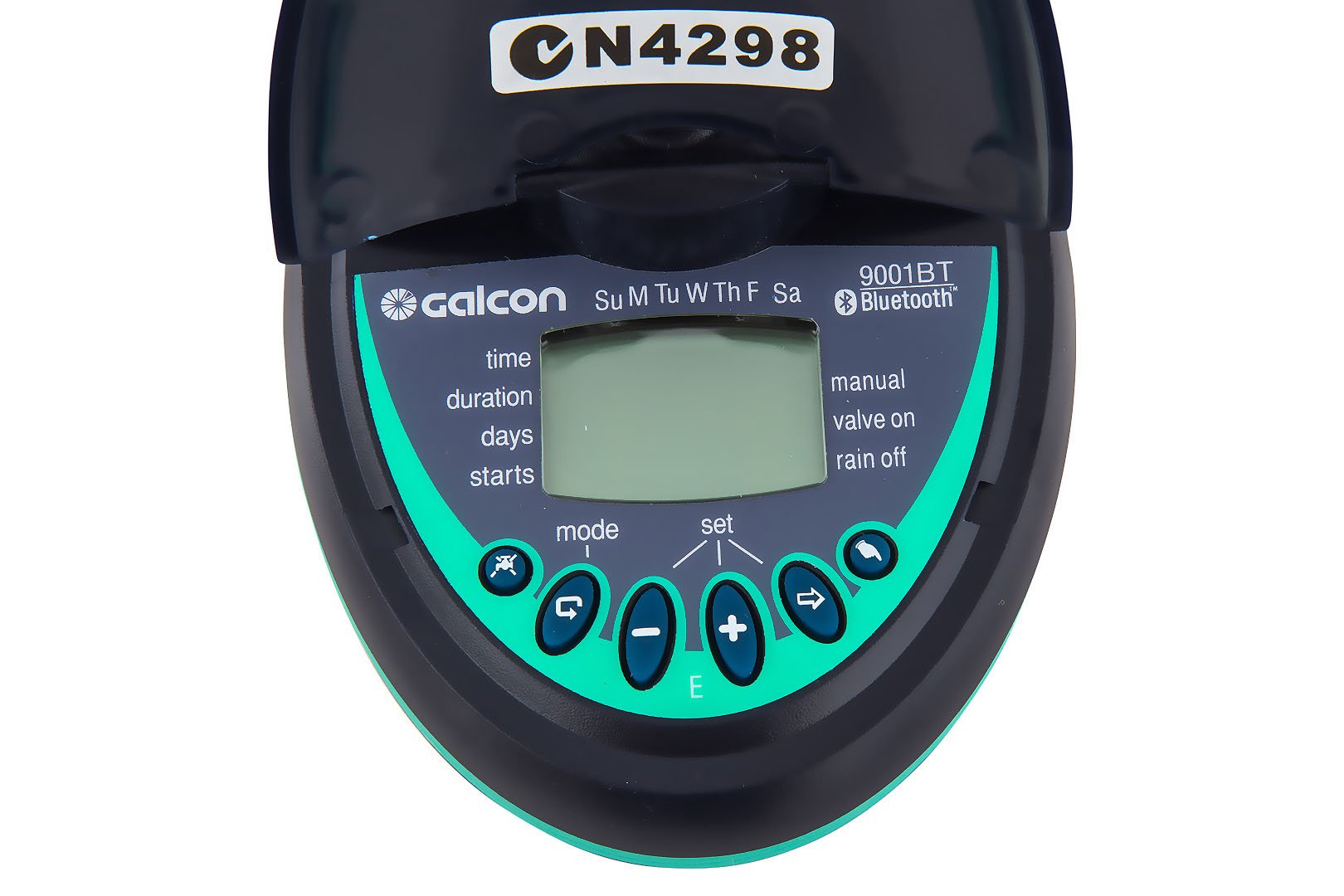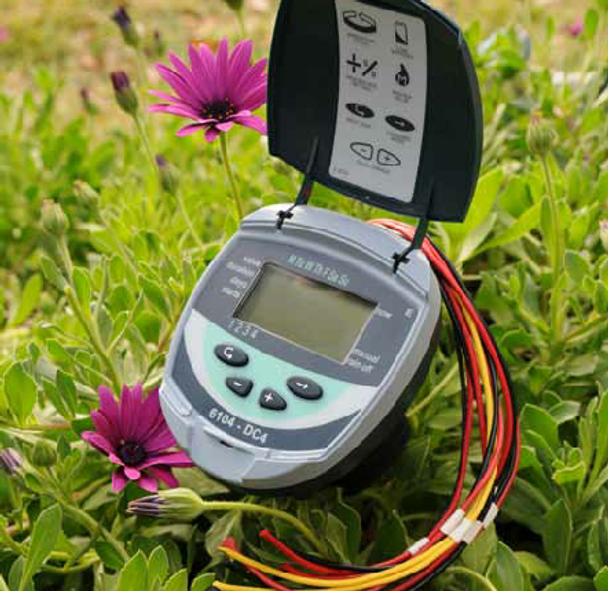


If you can’t tell by sight alone how your plants are doing, you can dig down and gauge with your hands the first 4 to 6 inches should feel evenly moist. Set your irrigation to run early in the morning and watch your plants for signs of stress after a week. In the summer, you’ll likely increase your output and in periods of rain, you’ll need to adjust accordingly. The “1 inch of water a week” scenario should only be considered a starting point. I tend to water daily for shorter durations when my seedlings are just starting, then gradually transition to three times a week for longer durations when they’re more established. How you dole out those minutes depends on your soil: loam can get away with a once weekly watering, while clay responds better to three times a week.īut there are exceptions. With these particular driplines, which have 1/2 GPH emitters every 12 inches, that roughly equates to 90 minutes per week of watering. In general, vegetable crops need 1 inch of water a week. Attach an Easy Loc female hose start to the regulator this will eventually connect the faucet assembly to the mainline tubing. Starting at the faucet, connect the following parts in this order: vacuum breaker, timer, home garden filter, Boogie Blue water filter (optional), hose Y.Īt the hose Y, connect your garden hose to one valve and the pressure regulator to the other valve. I’ve also split my faucet into two lines, so the assembly here includes a brass hose Y valve. If compost tea is a regular part of your garden routine, Boogie Blue dechlorinates your water so you don’t inadvertently destroy all the good bacteria you just inoculated your soil with. This is not the same filter (the black cylinder below) that comes with the irrigation kit. It’s a Boogie Blue water filter, and in my previous post on compost tea, I mentioned that I have this filter attached to all the faucets in my garden. You’ll notice that I have an extra part in mine that’s not from DripWorks. The faucet itself (also called a hose bib) stays open all the time, so it’s important to ensure that yours is in good working order with no leaks. The faucet assembly is the heart of the drip system: It turns the irrigation on and off, controls the water pressure, filters debris from the water before it’s distributed, and prevents backflow contamination. Step 1: What are the three sections of a drip irrigation system?Ī basic system comprises three sections: the components on the faucet (which I’ll call the faucet assembly), the mainline tubing and micro tubing (which carry water from the faucet assembly to the emitters), and the emitters (which in our case is the soaker dripline). The zones are independent of one another and can even be installed from the same kit, as long as you have enough fittings. Gardens with multiple faucets can be split into multiple zones, which means you’d also need multiple timers and vacuum breakers. This is the backbone of your drip irrigation system, which all components attach to and run from.īefore you start the installation, you should have an idea of how and where you’ll be running all your lines. So, what do you get in the garden bed irrigation kit?įirst, there’s a roll of mainline tubing. Galcon Easy Program Flip Open LCD Timer (I also have the Galcon LCD Timer for my second faucet, but prefer the first one).These were all of my needs, so the system that DripWorks sent me to try included:
Galcon lcd timer plus#
(To find out if your city has a program in place, call the public works department or Google your city name plus backflow prevention.) Backflow prevention keeps your irrigation from contaminating the water supply. You may also realize that you still want the option of watering with a hose, and may need to comply with city regulations pertaining to backflow prevention. If you want to automate your watering, which is probably a major reason you’re installing drip in the first place, you’ll need a separate timer. All you need are a few raised beds and a faucet nearby, and you’ll have everything you need to equip your garden before spring arrives.
Galcon lcd timer how to#
Now you’ll learn how to install drip irrigation in your own raised bed vegetable garden because in my view, this is one of the most valuable lazy gardening strategies you can employ in your garden-a strategy that lets you grow more food with less effort!įor most people who have never installed a drip system, choosing an all-inclusive garden bed irrigation kit is an ideal way to go. In my last post, I went over why you should install a drip system, what a drip system even was, and what makes it a more versatile system than soaker hoses. This post is in partnership with DripWorks.


 0 kommentar(er)
0 kommentar(er)
